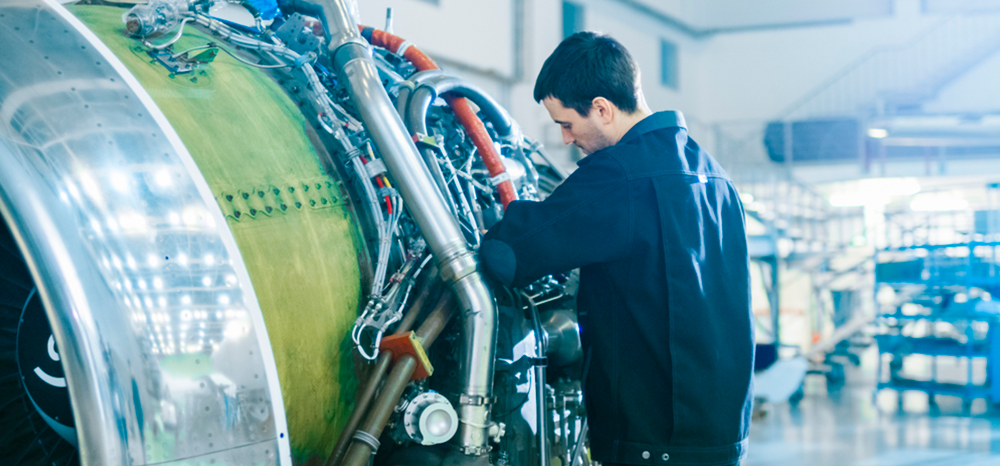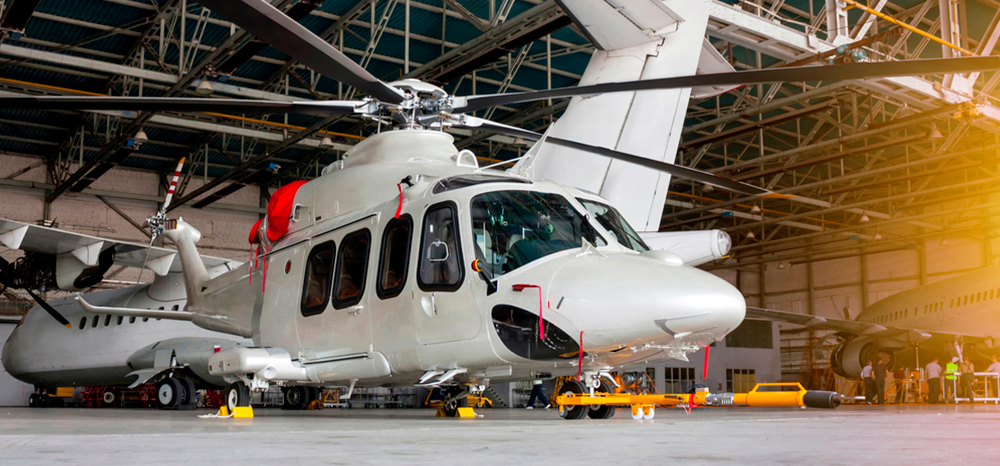The aviation industry, characterized by its constant pursuit of efficiency and safety, is undergoing a profound transformation in its maintenance practices. Through the implementation of predictive monitoring techniques and the use of digital tools, operators can more accurately identify the maintenance needs of each aircraft.
One of the most significant trends is the increasing adoption of data analytics. With the proliferation of sensors, operators can monitor the real-time status of their aircraft and anticipate potential failures. Expert personnel, combined with algorithms and artificial intelligence, enables the identification of anomalous patterns in data, allowing for the prediction of when a part might fail. This facilitates more efficient maintenance scheduling and reduces downtime. Additionally, technologies such as augmented reality are enhancing technicians’ experience by providing real-time visual information during repairs, which minimizes errors and increases precision.
Another key aspect in the evolution of aircraft maintenance is the digitization of processes. The cloud and the Internet of Things (IoT) are enabling greater connectivity and data collection, facilitating information management and collaboration among different players in the supply chain. Integrated digital platforms allow operators to optimize maintenance planning, manage spare parts inventory, and generate detailed reports on fleet performance. Ultimately, digitalization is driving greater transparency, efficiency, and agility in aircraft maintenance.














